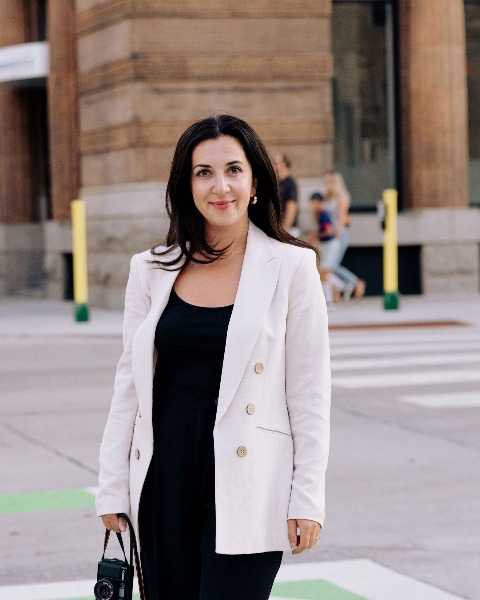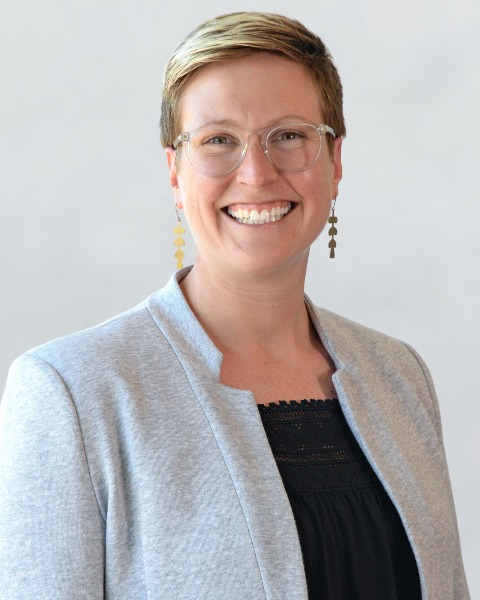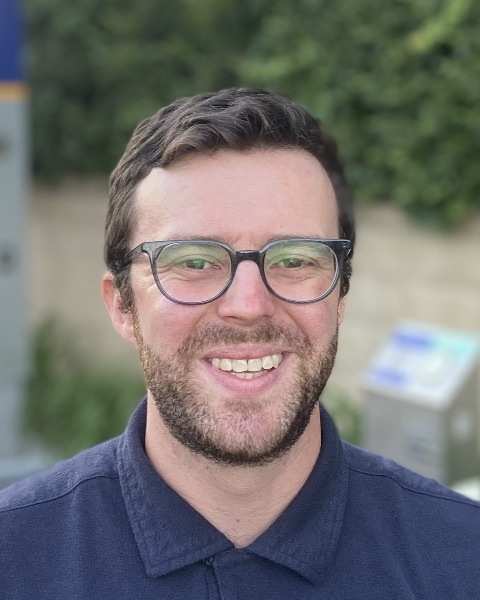Transportation
From A [Line] to B [Line] to TOD
Monday, April 15, 2024
8:00 AM - 11:00 AM CT
Location: Mobile Workshop Departure Area
CM | 3
Ticket Price: $48

Bill Dermody, AICP
City of St Paul Plng & Econ Dev Dept
White Bear Lake, MN
Jasna Hadzic-Stanek
City of Minneapolis
Minneapolis, MN
Katie Roth
Minneapolis, MN

Frank Alarcon
Metro Transit
Minneapolis, Minnesota
Lead Mobile Workshop Coordinator(s)
Mobile Workshop Coordinator(s)
Transit-oriented development is typically talked about for rail, but arterial bus rapid transit (ABRT) can generate similar development impacts. See how Minneapolis and St. Paul have grown as a result of the A Line (built) and B Line (under construction)
This tour will cover the wide range of opportunities and challenges that arise when retrofitting existing roadway facilities for transit investments, in addition to the supportive land use changes that were developed in tandem with the transit projects.
Discussion of technical challenges include: Balancing the needs of traffic modeling, transit speed and reliability, modal priorities and safer streets, in addition to right-of-way constraints, two-lane road configurations, and winter maintenance.
Discussion of organizational challenges include: Funding roadway improvements that support transit but are not FTA funding-eligible, applying for and administering a USDOT RAISE grant, and implementing new zoning standards near ABRT stations.
Discussion of community challenges include: ABRT impacts to businesses (including construction), modifying the route terminus due to community feedback, and being responsive to community needs after local civil unrest in summer 2020.
Racial equity has been fundamental to the prioritization and selection of ABRT corridors in the Minneapolis-St. Paul area, via both engagement and analysis of underlying route ridership data. Also, investing tens of millions of dollars in each ABRT route directly improves the lives of historically marginalized populations.
This tour will cover the wide range of opportunities and challenges that arise when retrofitting existing roadway facilities for transit investments, in addition to the supportive land use changes that were developed in tandem with the transit projects.
Discussion of technical challenges include: Balancing the needs of traffic modeling, transit speed and reliability, modal priorities and safer streets, in addition to right-of-way constraints, two-lane road configurations, and winter maintenance.
Discussion of organizational challenges include: Funding roadway improvements that support transit but are not FTA funding-eligible, applying for and administering a USDOT RAISE grant, and implementing new zoning standards near ABRT stations.
Discussion of community challenges include: ABRT impacts to businesses (including construction), modifying the route terminus due to community feedback, and being responsive to community needs after local civil unrest in summer 2020.
Racial equity has been fundamental to the prioritization and selection of ABRT corridors in the Minneapolis-St. Paul area, via both engagement and analysis of underlying route ridership data. Also, investing tens of millions of dollars in each ABRT route directly improves the lives of historically marginalized populations.
Learning Objectives:
- Leverage tools to improve the bus transit experience, particularly related to speed and reliability.
- Utilize resources available across jurisdictions and funding sources needed to achieve broad goals.
- Recognize that transit itself does not spur development on its own; transit investments require local agency interventions to fully support the community.
